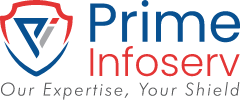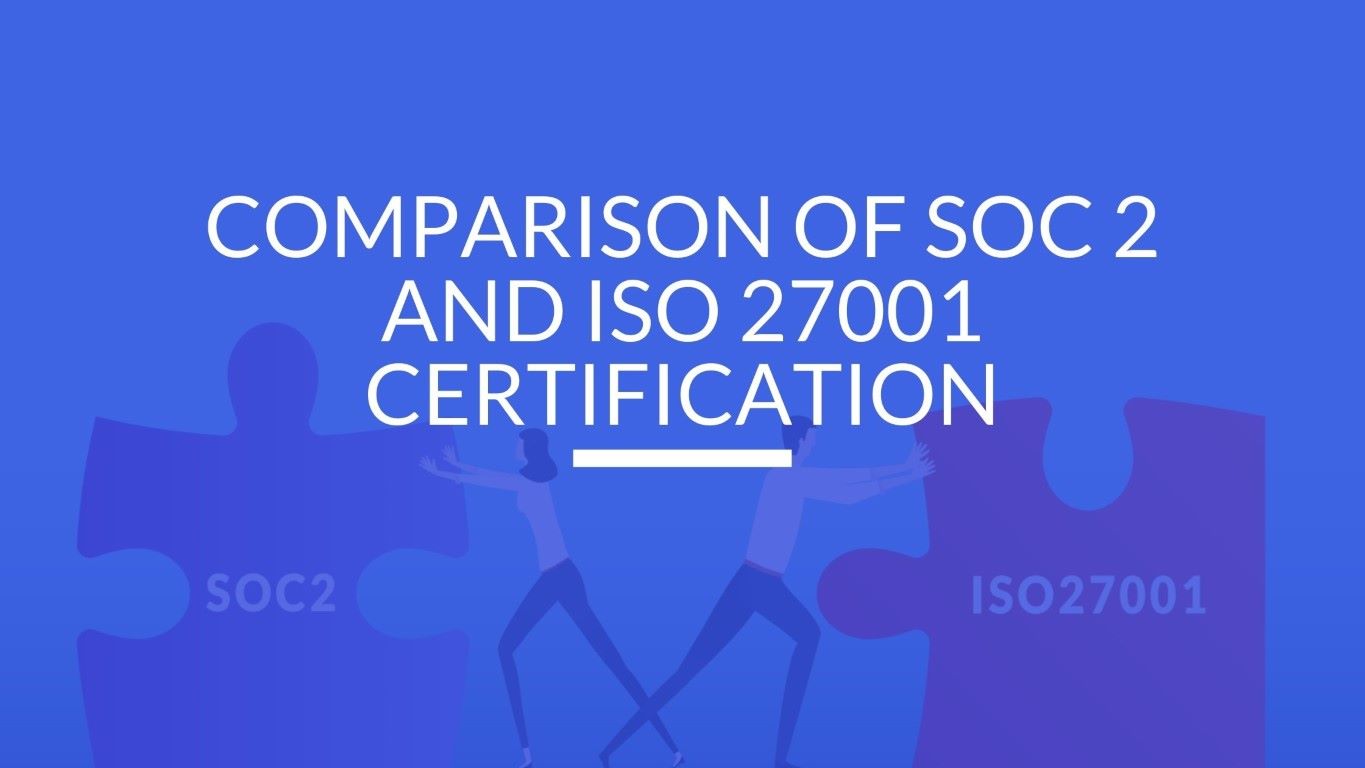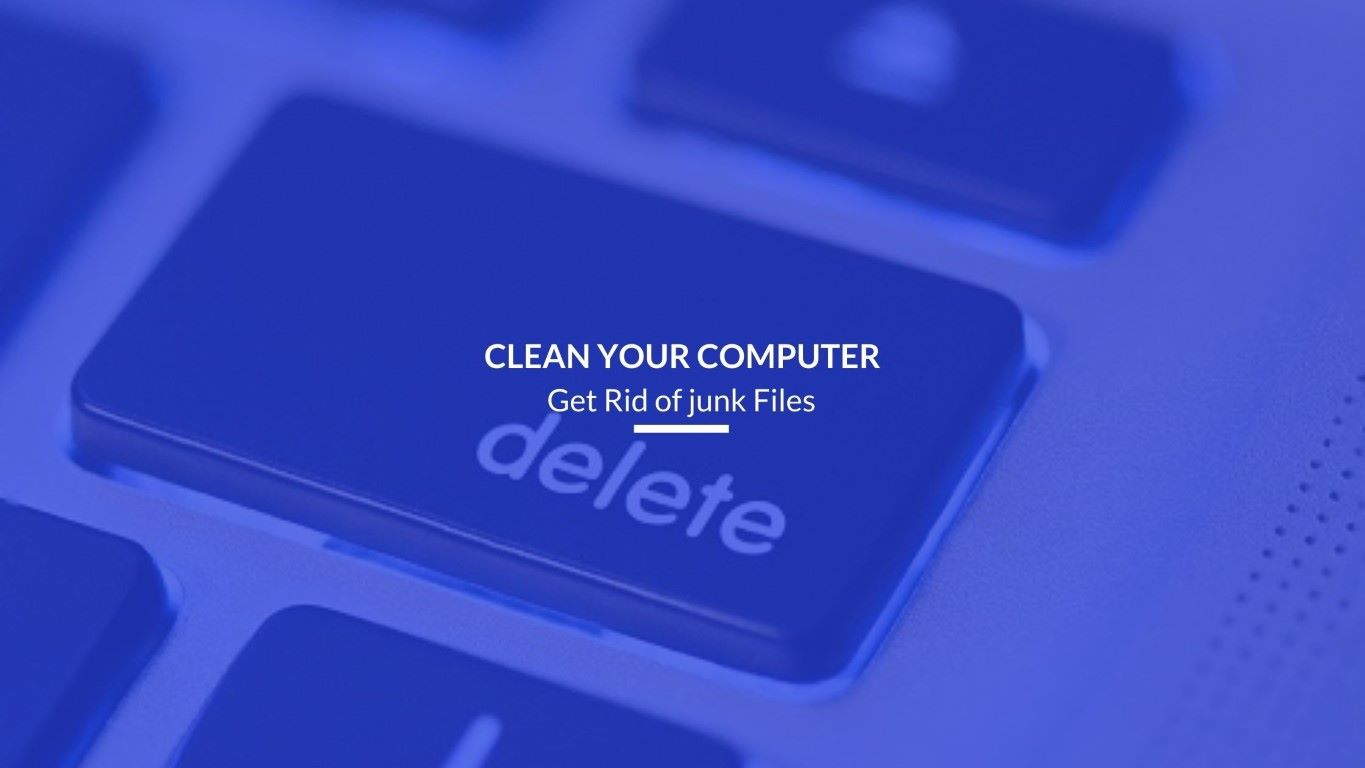Both the ISO 27001 and the SOC (Service Organization Control) 2 are two of the most popular when it comes to frameworks which deal with information security and risk management. In this blog we will look at the key compliance aspects which will help us conclude which framework is better.
Scope
SOC 2 and ISO 27001 are similar in a lot of aspects when it comes to their purpose and functionality. Their security controls are inclusive of processes, policies and technologies that are specifically designed for the purpose of protect sensitive information of an organization, the leak of which can have dire consequences. A recent study suggests that the two frameworks – SOC 2 and ISO 27001 are so similar that 96% of their security controls are similar to each other. However, it is of utmost importance to take note of the fact that there is a huge difference in how these controls are implemented. ISO 27001 standard and SOC 2, both the frameworks specifically state that organizations should adopt a control only if it applies to them. The way organizations are supposed to approach this differs slightly. The development and maintenance of ISMS or Information Security Management System is completely focused on by the ISO 27001. The ISMS or Information Security Management System is an overarching method which helps in managing practices that deal with data protection. SOC 2 on the other hand is capable of providing organizations with a lot more flexibility. The SOC 2 is a framework that is made up of five Trust Services Principles: Security, Availability, Processing Integrity, Confidentiality and Privacy. It must however be noted that only the first of the Trust Services Principles is mandatory. Organizations have the complete freedom and liberty to implement internal controls which are related to the other principles if the organizations desire so. In doing so it would not be a necessity for the organizations to achieve certification.
Scope of Applicability in the Market
Both frameworks, the SOC 2 and ISO 27001 are recognized globally. However it must be noted that the SOC 2 has a much closer association with North America. Outside of North America, the popularity of ISO 27001 is much higher.
Process of Certification
An external audit needs to be completed by organizations if they want to certify to either framework. The only difference that lies in this process is that who conducts the audit. In order to be a recognized ISO 27001-accredited certification body, an organization compulsorily has to complete ISO 27001 certification. In complete contrast to the ISO 27001 certification process, an SOC 2 attestation report has the jurisdiction to only be performed by a licensed CPA or Certified Public Accountant. Between the SOC 2 and ISO 27001 there’s also a slight amount of difference when it comes to the matter of what the certification looks like. On passing the ISO 27001 audit, organizations are to receive a certificate of compliance. The SOC 2 compliance on the other hand is documented with a formal attestation.
Timeline of the Project
The certification process for ISO 27001 and SOC 2 is quite similar to each other. Each organization have to go through three stages to complete their certification process. A gap analysis is needed to be conducted which is absolutely essential to work out areas of the framework which are already compliant and to find out which are the areas that are in need of improvements. A major part of this process is to get organizations to define security objectives and the areas of the organization which will fall under the purview of the security objectives. In the next step, it is essential to identify the security controls which are specifically required for an organization which will result in taking the necessary steps required to implement these security controls which includes documenting practices and also establishing a method which will be used for the purpose of review and to improve the processes of that particular organization. Audit is the final step. A large number of organizations conduct an internal audit and then contact an accreditation body which leaves them with the scope to address any final errors that they may come across. After an organization makes sure that their compliance practices have no error then they contact a certification body where they arrange for an external audit. It normally takes about two or three months to complete the implementation of SOC 2, and three to six months to complete the implementation of ISO 27001.




